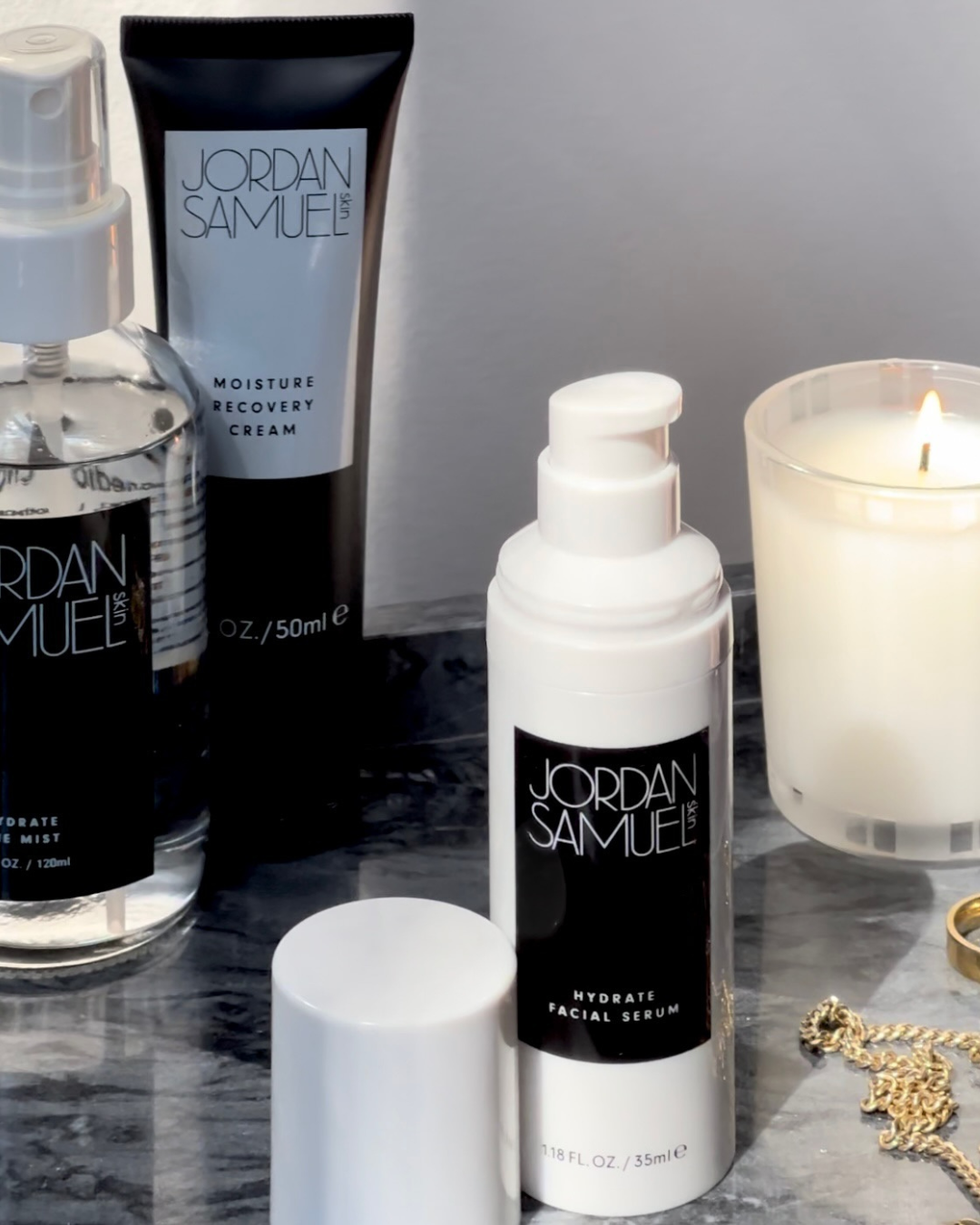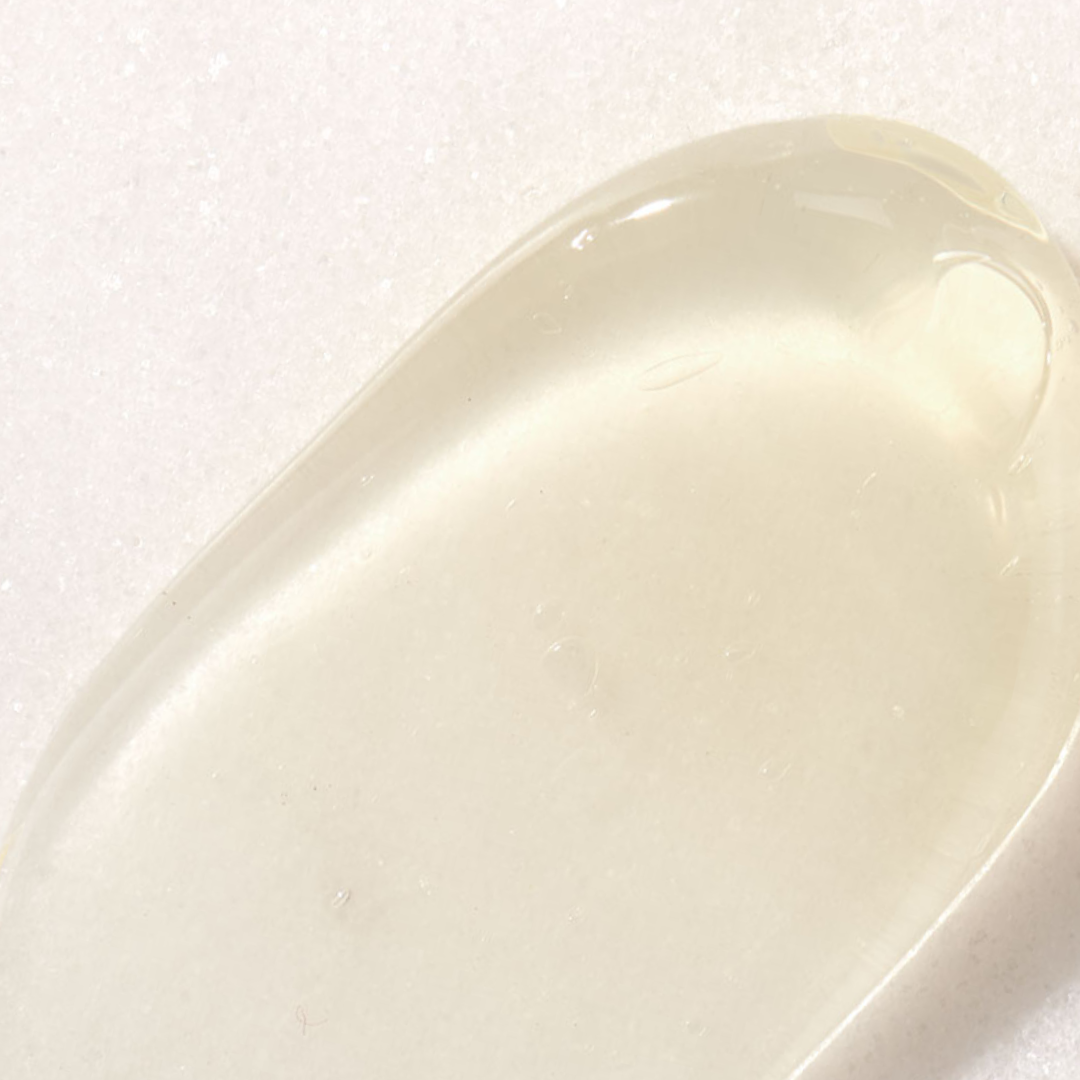I frequently receive questions about sensitivity, and about rosacea in particular. Quite a few of my facial clients believe that they have rosacea and are surprised to learn that they don’t actually exhibit the signs of “true” rosacea. Regardless of labels, plenty of advice for managing rosacea can still help neutralize their intensely sensitive skin.
Rosacea is a blanket term that can apply to three different sets of skin issues:
- Papulopustular rosacea. Also called acneiform rosacea, this is what Nerida Joy and I refer to in this video as “true” or typical rosacea. It’s the classic archetype for rosacea—redness, sensitivity to heat and touch, and it most notably includes the presence of acne-like papules or pustules.
- Phymatous rosacea. This form of rosacea is characterized by thickened skin with a bumpy texture, most commonly affecting the nose. It is often accompanied by redness and sensitivity.
- Erythematotelangiectatic rosacea. This is by far the most prevalent form, and many estheticians would refer to this as couperose skin rather than rosacea. Redness, broken blood vessels, sensitivity, and dryness are all emblematic of couperose skin.
For all three of these types (and for extreme sensitivity concerns in general), symptom management suggestions often include some pretty draconian lifestyle changes. You may be told to avoid spicy food, dark chocolate, alcohol, coffee, and cheese in your diet. Strenuous exercise is also off the table. Weather is another contributing factor, and lists of triggers commonly specify hot temperatures, cold or blustery days, sunlight, and wind as major no-nos.
If you let these lists dictate your behaviors, you’d be a hermit. Personally, any lifestyle changes that keep me from enjoying an occasional martini and a warm, sunny day at the beach would be unsustainable. So what meaningful changes can you make to limit skin sensitivity without sucking the joy out of your life?
First, I’d recommend turning down the temperature of your showers. I find it’s a self-fulfilling prophecy that people with redness or sensitivity issues love extreme heat. You can still enjoy a relaxing warm shower, but it doesn’t need to be scalding hot.
Additionally, you may want to choose a gentler washcloth, since the extra manual exfoliation from a nubby, textured facial cloth can be too much for sensitive skin. Consider a plush microfiber cloth instead.
I also suggest being mindful of strong actives in your skincare. Those with papulopustular rosacea may be tempted to adopt new acids and other anti-acne products in their routine, but adding too much (or using too frequently) can further irritate skin and exacerbate sensitivities. In general, I believe people use too many high-strength products. I’m fan of thoughtfully edited skincare, but I’m an even bigger fan of living a joy-filled life. If talking to your doctor about adding a topical treatment to control rosacea allows you to enjoy a glass of wine or a hot yoga class once in a while without turning into a tomato, I’m all for it.
Lastly, reflect on your stressors. I frequently say that skin is the external nervous system. If you are experiencing stress or lack of sleep, your skin will mirror that irritation externally. Any steps you can take toward stress management will have a positive impact on your skin. When you feel good, you look good!
XO,
Jordan
P.S. As a gentle reminder: prescriptions, treatment plans, and diagnosis do not fall under an esthetician’s purview. I’m happy to talk about skincare options for a variety of concerns, but medical conditions (including rosacea) are a subject best discussed with your physician or dermatologist.




